Still Searching for the Climate of Yesteryear

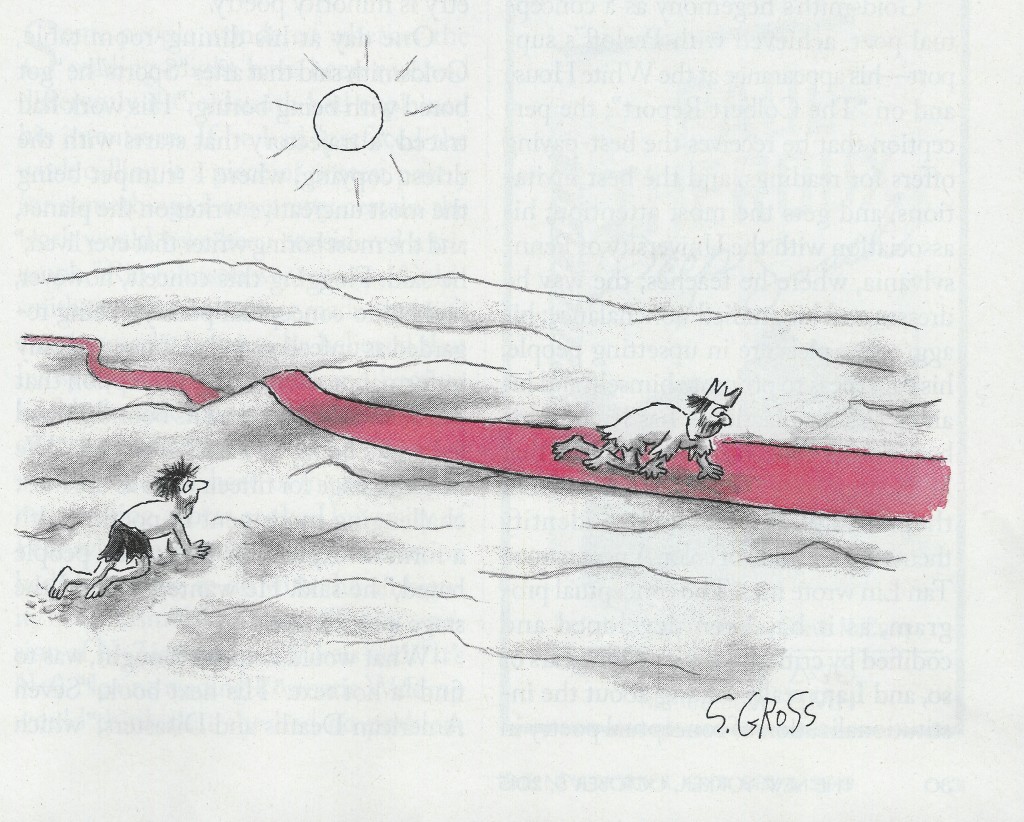
Too deep in? Maybe that’s why I continue to be shocked, and dismayed, by the caliber of some of our national political office holders/leaders. Particularly one representing Phoenix for the Republican Party. He, U.S. Rep. 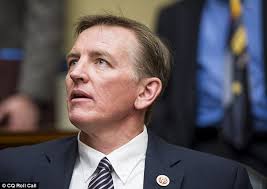 Paul Gosar, got me thinking about the population he represents. Military retirees, for one, come to mind. Conservative, likely.
Paul Gosar, got me thinking about the population he represents. Military retirees, for one, come to mind. Conservative, likely.
But, “boycotting,” as Gosar emailed, Pope Francis’s recent address to Congress? What, a know-better scientist working environmental issues from his chair in the House? Brave – Heroic – Sacrificial? No. Most likely an opportunistic fund-raiser. Hey, somebody’s got to tell the Pope to get real. (That costs, and makes $$.)
Is he a modern day Machiavelli to the Pope’s scholastic doctrine of politics and ethics? Or, is he mirroring Samuel Alito, a judge evidencing for a national TV audience his disdain for someone whose opinion or facts are flat… What? Wrong? Gosar says he’s someone exposing “left-wing pseudo-science.”
In the Pope’s LAUDATO SI’ one can find a lot of concern for the poor and downtrodden who often are in the direct path of environmental degradation and its deleterious effects on them–generational, even. On their health. And education. For one, I’m thinking the residents of the Lower Ninth Ward and what Hurricane Katrina brought to bear for this ill-fated NOLA community.
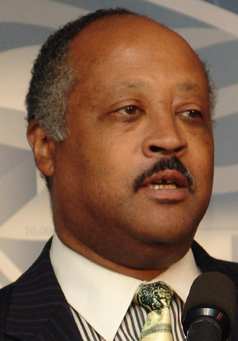 Another apparently of Gosar’s kind raised his head recently. It was Harry C. Alford, President of the National Black Chamber of Commerce (NBCC). Back in August he was urging some African-American business leaders of Pittsburgh–a rust-belt smog-enveloped city until its coal-fired steel mills went out of business, or to China–to oppose the EPA’s tougher limits on air pollution. “Why do we impose these massive, arbitrary rules?” he asked. He’s is worried these proposed new regulations will stifle job growth and wound the economy. Rather than concerned about wounding the health of lower and working class folk there and elsewhere. (One worry he probably doesn’t have: NBCC’s major funding interests includes the likes of Exxon Mobil.)
Another apparently of Gosar’s kind raised his head recently. It was Harry C. Alford, President of the National Black Chamber of Commerce (NBCC). Back in August he was urging some African-American business leaders of Pittsburgh–a rust-belt smog-enveloped city until its coal-fired steel mills went out of business, or to China–to oppose the EPA’s tougher limits on air pollution. “Why do we impose these massive, arbitrary rules?” he asked. He’s is worried these proposed new regulations will stifle job growth and wound the economy. Rather than concerned about wounding the health of lower and working class folk there and elsewhere. (One worry he probably doesn’t have: NBCC’s major funding interests includes the likes of Exxon Mobil.)
Awhile back I wrote a paean to the Nixon-signed Clean Air Act of 1970. Would either of these men have opposed it as a killer of job growth? Rather than a killer of people without it? Or, at least the source of major health problems suffered across the globe due to GHGs? My guess? For sure.
Today I’d like to interest you in some research that resulted in a Washington Post article, some while back, called “Pollution is Segregated, Too.” Shouldn’t be a particular surprise that the poor live in areas adjacent to highways maxed out with GHG-spewing vehicles, and landfills and toxic sites such as coal and other fossil fuel extractions. It’s called environmental injustice, a subset of social justice.
The health risks to this segment of the economic ladder is pronounced, as you might expect.
The lead researcher, University of Minnesota environmental engineering professor Julian Marshall, says: “The levels of disparity that we see here are large and likely have health implications.” (A bit understatement–academic, right?)
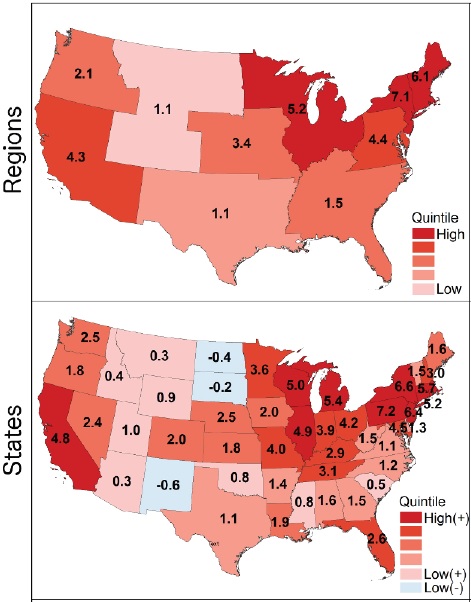 The article goes on: “Specifically, they found minorities are on average exposed to 38 percent higher levels of outdoor NO2 than whites in the communities where they live, based on demographic data from the 2000 census. That gap varies across the country, though, and it’s substantially wider in the biggest cities. Nationwide, the difference in exposure is akin to approximately 7,000 deaths a year from heart disease.
The article goes on: “Specifically, they found minorities are on average exposed to 38 percent higher levels of outdoor NO2 than whites in the communities where they live, based on demographic data from the 2000 census. That gap varies across the country, though, and it’s substantially wider in the biggest cities. Nationwide, the difference in exposure is akin to approximately 7,000 deaths a year from heart disease.
“Trees are a key part of the model not because they mitigate NO2, but because they’re a proxy for the absence of cars or other sources of pollution. ‘It’s because those trees are not cars,’ Marshall says. Land that looks like a park in satellite data probably doesn’t contain a power plant. NO2 tends to be high, on the other hand, around highways and busy central business districts.”
Now this statement in the article is quite interesting: “Race becomes an even larger factor the bigger the city. This means that the environmental injustice measured here is not purely a disparity between the poor and the wealthy. Something is going on here in the kinds of communities where minorities of all incomes live. That finding is consistent with other data suggesting that even upper-income blacks tend to live in neighborhoods with worse outcomes and higher poverty levels than lower-income whites.”
As author Naomi Klein offers: “Dollar for dollar it’s more efficient to focus on economic development than climate change, since wealth is the best protection from weather extremes.” So, back to Alford. What do you think?
I’d like to suggest that Rep. Gosar and Black Chamber president Alford take a windshield survey of cities and towns where energy extraction is plenty and where highways are most clogged. What they’d see should be admitted…on the way to cleaner energy from the grid, more fuel efficient vehicles driven and other remedies for greenhouse gas emissions that are seriously wounding our planet.
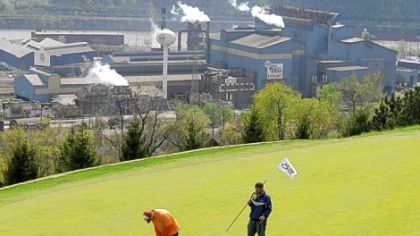
P.S. Planning to blog about green building or green residential architecture soon. Tamer subject.
